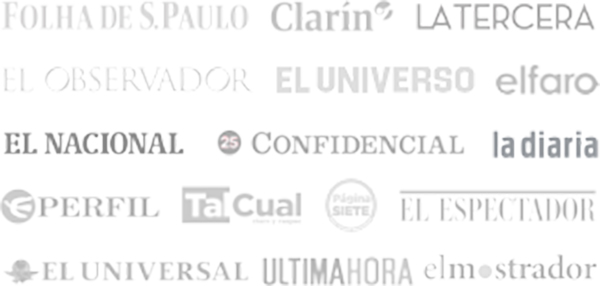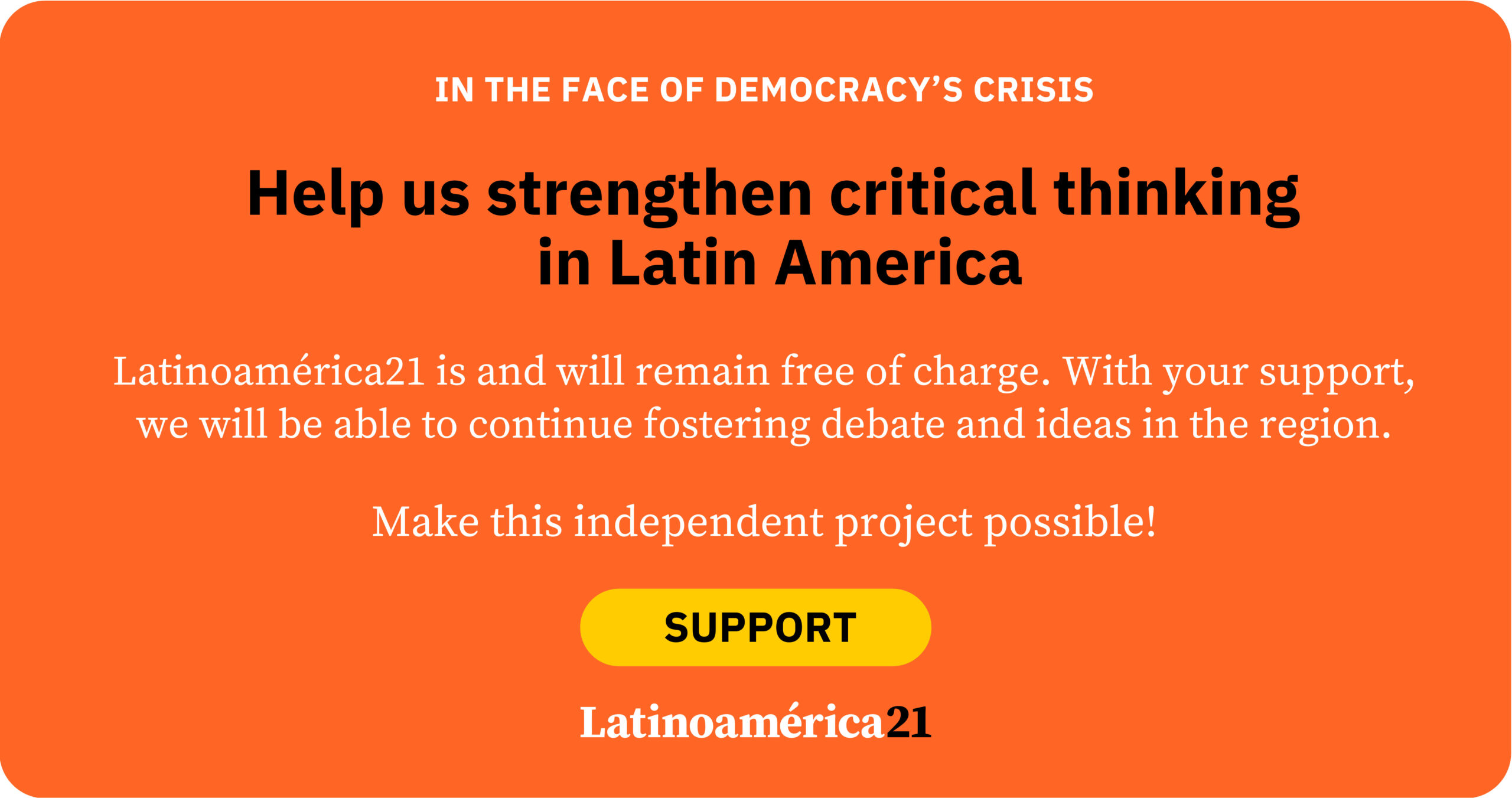Contemporary globalization is not a recent phenomenon but rather a historical process whose roots trace back to the 19th century. As historian Carlos Marichal documents, this complex system of economic, political, and cultural interactions has gone through phases of intensification, stagnation, and even regression. In the current context—characterized by the resurgence of protectionist measures and trade conflicts among the world’s major economic powers—a crucial question arises: are we witnessing a turning point in this long trajectory of global interconnectedness?
A historical analysis of globalization reveals its cyclical and fluctuating nature. In the second half of the 19th century, the convergence of the Industrial Revolution, advances in transportation systems, and the consolidation of international finance paved the way for markets with genuinely global reach. This expansive phase was tied to European imperialism, which, while promoting economic integration on a planetary scale, simultaneously generated profound structural asymmetries. The contradictions of this period culminated in the interwar era, when integration processes regressed with the widespread adoption of protectionist policies and trade restrictions.
Following World War II, the international landscape was reconfigured around three poles: Western capitalism led by the United States, the communist bloc, and decolonization movements. This “tripolar” globalization gave way, beginning in the 1980s, to the neoliberal model characterized by the free movement of capital, financial deregulation, and the dominance of multinational corporations. It was the golden age of globalization, when it seemed economic borders might vanish entirely.
However, the 21st century has brought with it new and unprecedented contradictions and challenges to this model. The 2008 global financial crisis marked the beginning of a period of deep questioning of the established international economic order. But undoubtedly, it was the arrival of Donald Trump to the U.S. presidency in 2016 that decisively accelerated the protectionist and nationalist turn in global political economy. His administration declared an open trade war against China, imposing punitive tariffs of up to 25% on imports worth $250 billion. While these measures slightly reduced the bilateral trade deficit (from $420 billion in 2018 to $345 billion in 2020, according to the U.S. Census Bureau), their collateral costs were significant: inflationary pressures on imported goods, disruptions to global supply chains, and retaliatory measures that particularly affected the U.S. agricultural sector—especially soybean and pork producers.
While the United States embraced its protectionist strategy, China demonstrated remarkable adaptability and began to redirect its trade flows to other regions of the world. World Bank data show a spectacular 86% increase in Chinese exports to Latin America between 2010 and 2020, particularly in medium- and high-tech manufactured goods. In return, the region increased its exports of raw materials to the Asian giant, to the point where over 60% of external sales from countries like Brazil and Chile to China consisted of mineral and agricultural products. This commercial relationship was further complemented by a significant increase in Chinese investment in regional infrastructure, particularly in the energy, transportation, and telecommunications sectors.
At the start of his second term, the Trump administration intensified and expanded its protectionist strategy, imposing new tariffs on products (excluding services) from 185 countries, with China remaining the primary target. The initial 34% tariffs on Chinese goods were progressively raised amid China’s firm resistance in trade negotiations. This scenario evokes the mercantilist practices of the 16th century. The World Trade Organization has seen its authority eroded in the face of a rise in unilateral measures that even contradict treaties negotiated under its founding principles.
The historical paradox is evident: the United States, principal architect of the multilateral trade order in 1945, has now become its chief detractor. Some regional leaders, such as Colombian President Gustavo Petro, interpret this shift as the decline of neoliberalism. However, this view is somewhat simplistic. While trade in goods and labor mobility face protectionist restrictions, the flows of capital and services still enjoy the deregulation characteristic of recent decades, indicating more of a transformation than a collapse of the global economic model.
For Latin America, this global context presents complex challenges. The region’s historic dependence on raw material exports and the concentration of foreign trade in a few markets remain structural vulnerabilities that have yet to be overcome. A lack of regional coordination—stemming from ideological differences—diminishes its bargaining power in the face of consolidated economic blocs. The greatest challenge lies in developing technological and industrial capacities to integrate competitively into global value chains based on innovation and knowledge—areas where China has taken the lead.
Globalization is evolving into a more fragmented phase, marked by geopolitical rivalry between the United States and China. Faced with this shifting landscape, Latin America must craft its own strategy to navigate autonomously in an increasingly complex environment. This entails understanding how the global economy interweaves with national security and technological competition. The great challenge is to ensure that the region does not once again find itself relegated to the margins of global economic history—this time, as a mere backdrop to a clash between giants that could redefine the world order.
*Machine translation proofread by Janaína da Silva.













